Muay Boran - The Fascinating Art of Ancient Muay Thai
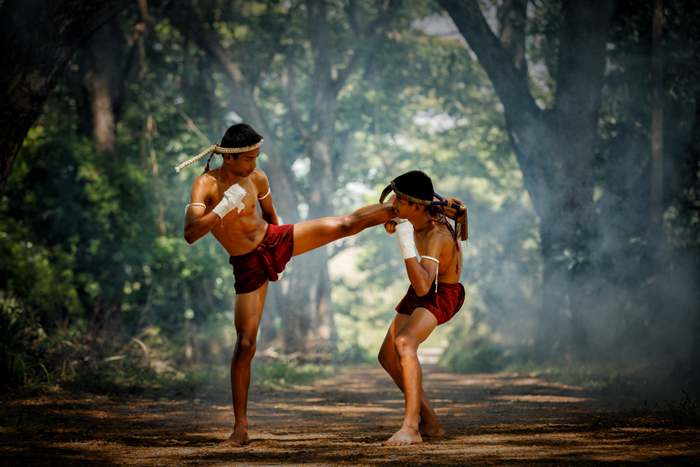
Thailand’s long-standing traditional martial art of Muay Boran is considered to be the ancestor of Muay Thai kickboxing. Muay Boran is often called the “ancient boxing of Thailand” and has its roots set in historical warfare and combat techniques. It was developed as a fighting system that represents both practical self-defense techniques and Thai cultural heritage.
With a history dating back centuries, this ancient martial art continues to be cherished by the people of Thailand. In this post, we will explore the origins of Muay Boran, discover its styles and techniques, and see how it compares against its modern adaptation, Muay Thai.
History of Muay Boran
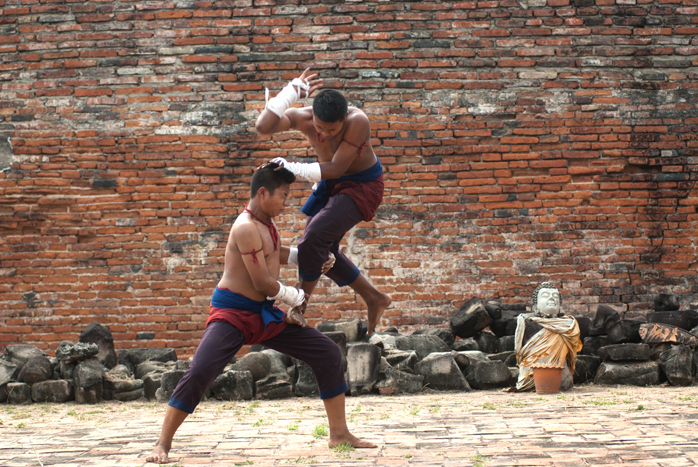
Muay Boran was created from a series of fight styles used in Thailand before the 1930s. The ancient Thai martial arts consisted of deadly techniques, which first came about in the 13th century. It is said that much of the documentation that details Muay Boran was destroyed in the Burmese-Siamese War (1765–1767).
The Burmese King, Hsinbyushin (King Mangra), had captured many Thai soldiers and wanted to test the Burmese martial art called Parma against the Thai prisoners of war. The Burmese fighting style of Parma relied on fists and hand strikes, while the Thai martial arts involved more kicks, knees, and elbows.
King Hsinbyushin allowed the Thai prisoners to select their fighters. A Siamese (Thai) prisoner of war named Nai Khanom Tom was selected by the Thai prisoners of war to fight against the Burmese fighters. He proved to be superior to the Burmese fighters, and on this legendary day, Nai Khanom Tom defeated ten of the best Burmese fighters that King Hsinbyushin had to offer.
In awe of the Thais’ fighting spirit and martial arts skills, the Burmese King was the first to applaud Nai Khanom Tom. He famously acknowledged the Thai fighter, saying, “Every part of the Thai is blessed with venom even with his bare hands he can fell ten opponents”. On that day, a legend was born, and Nai Khanom Tom was realized as the father of Muay Boran. This famous event led him to become one of the most legendary Muay Boran fighters and Thai martial arts figures in history.
The Styles of Muay Boran
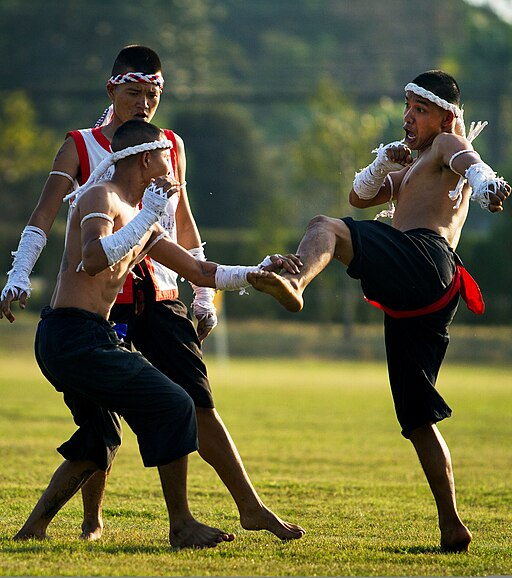
Muay Boran encompasses a diverse range of fighting styles and techniques. Rooted in the historical warfare of ancient Thailand, Muay Boran emphasizes practical combat techniques that were used on the battlefield.
These distinct styles often incorporate a combination of strikes using fists, elbows, knees, and shins, as well as grappling techniques, making Muay Boran a comprehensive and formidable martial art with a rich historical legacy. The styles of Muay Boran vary from region to region and even from one master to another. The following four styles are the foundation of Muay Boran:
Muay Korat
Hand-binding is a common characteristic of Muay Korat. This is when the fists and arms are wrapped up to the elbows. The aim of these extended hand wraps was to protect the forearms from powerful kicks when blocking.
Heavy hook punches are common in Muay Korat, and this is another reason for wrapping fists and arms. The style is also known for the use of straight piston-like punches while holding their arms in a vertical stance. The heavy hooks and straight punches of Muay Korat are its most defining punches.
Roundhouse kicks, or Tae Wiang, are a common technique of Muay Korat. Like the circular heavy hook punches, these kicks cause the opponent to take the most damage. The roundhouse kicks of Muay Korat achieve maximum force by fully rotating the hips and maneuvering the fighter’s whole body into the force of the kick. The kicks of Muay Korat aim to go through the opponent.
Another popular technique in Muay Korat is the clinch hold. This is a technique where the fighter holds onto the opponent’s neck and uses knee strikes to the face and body. This is more of a powerful style with a bit less precision and versatility than some of the other Muay Boran styles.
Muay Chaiya
Combat in Muay Chaiya is graceful and accurate, with an emphasis on low kicks, fluid defensive maneuvers, and arm counterattacks. Muay Chaiya has the approach that an agile opponent is simple to outmaneuver. Kard Chuek is another form of rope binding the hands together, hardening the fists and delivering more dangerous punches, a method of hand binding very similar to that used in the Burmese martial art Lethwei.
Techniques include using the elbows and forearms when hands and wrists are bound in the rope. The style has many complex moves, twists, and jumps to avoid your opponent’s attacks. For maximum force, moves like kicks, knee strikes, and elbow strikes are used. Holds and locks are also practiced alongside knees and elbows.
Muay Chaiya has a unique stance; the feet are straight out in front of the fighter and shoulder-width apart, with a 45-degree angle to the right. For protection, the right arm is lower than the left arm. The opponent is looking straight ahead, with the head still straight. When moving to the right leg, the stance is done in the opposite order. You will often see the stance moving forward, swapping each leg as the fighter moves.
Muay Chaiya is most effective with its maneuvers, twists, level changes, and hops to evade an opponent’s strike force. Kicks, knee strikes, and elbow strikes are all jumping techniques that are researched to increase force and make the practitioner practically impenetrable. Joint breaking, holds, and throws are also part of the style. The evasiveness, strength, and effectiveness of Muay Chaiya against heavier opponents are among its many strengths.
Muay Chaiya is famous for the Wai Khru, a holy ritual dance that is done before every fight to show respect for the teachers. As a sign of respect, they stomp the floor and perform a dance while making the traditional Thai Wai motion. This is seen as a way to show appreciation, get the body warm, sharpen attention, and give the fighter a better sense of their surroundings.
When fighters perform a good Wai Kru with balance and elegance, they are often thought of as great fighters. This is a tradition that has been carried into modern Muay Thai, and you can often see the Wai Kru taking place before a fight.
Muay Lopburi
Muay Lopburi is the oldest of the styles, with a history spanning over 1300 years. It has an unusual stance for a traditional martial art, and it represents an old-school boxing stance with two fists up facing diagonally upwards towards the chin.
The techniques of Muay Lopburi consist of straight punches, uppercuts, and heavy kicks that are designed to break through the opponent’s guard. Elbows, knees, and holds are also parts of the style. Muay Lopburi utilizes many techniques from the other Muay Boran styles and is often seen as the most versatile of the styles as it allows for more types of techniques to be used.
The approach of Muay Lopburi is to use forward pressure in fighting. For example, if an attacker was to punch a Muay Lopburi fighter, they would slip the punch with forward movement, looking to close the distance between them and their opponent. In contrast, a Muay Chaiya fighter would move out of the way or take a step backwards to evade the punch.
The ability to work around opponents techniques and counter them more effectively means the Muay Lopburi style is seen as highly technical while also being one of the most complete of all the styles.
Muay Thasao
Muay Thasao is another style that is viewed as highly versatile. It focuses on fast punches and kicks with precise movements and feints.
The key to Muay Thasao is to find openings in your opponent’s guard and exploit them. An example of this would be if someone is blocking high, kick low, or try to get your opponent to block high, then kick low. This focus on feinting and capitalizing on an opponent’s mistakes makes Muay Thasao a very effective style.
Defense is valued in this style, and the guard is practiced with arms up high to defend from incoming strikes. The stance is also practiced in such a way that practitioners should be able to easily switch stances in order to defend their legs from kicks. Overall, it is a highly effective defensive guard and stance. This combination also resembles modern Muay Thai the most, which shows the practicality of the style of Muay Thasao.
Is Muay Boran still practiced?
Muay Boran is largely historical at this point, as modern Muay Thai has taken its place. There are, however, some schools for Muay Boran in Thailand, although most of the training is for ceremonies and shows, and Muay Boran is no longer practiced in tournament or fighting form as Muay Thai is. It is still possible to find places that teach ancient martial arts, but they will be rare.
Does Muay Thai come from Muay Boran?
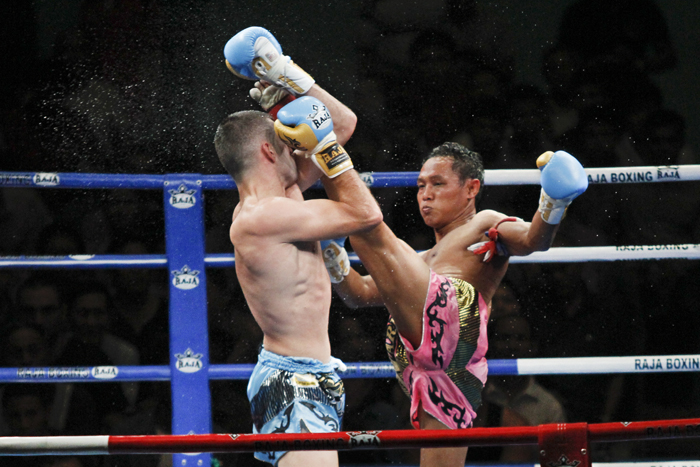
Yes, the origins of Muay Thai come from Muay Boran. The transformation from Muay Boran to Muay Thai involved adapting the techniques for safe and competitive bouts in the ring.
Rules and regulations were introduced to ensure the safety of the fighters, and certain techniques, such as strikes to the groin or the use of headbutts, were eliminated.
Muay Thai, as it is practiced today, retains the core elements of Muay Boran, such as the use of fists, elbows, knees, and shins in combat, but it has also developed its own distinct identity as a sport with organized competitions and a global following.
Muay Boran was initially used as a method of combat during wars and conflicts. It encompassed both armed and unarmed techniques, making it a comprehensive martial arts system. Over time, as wars became less frequent and weapons became less dominant, Muay Boran transitioned into a more traditional martial art and eventually heavily influenced what we know today as Muay Thai.
Muay Boran vs Muay Thai
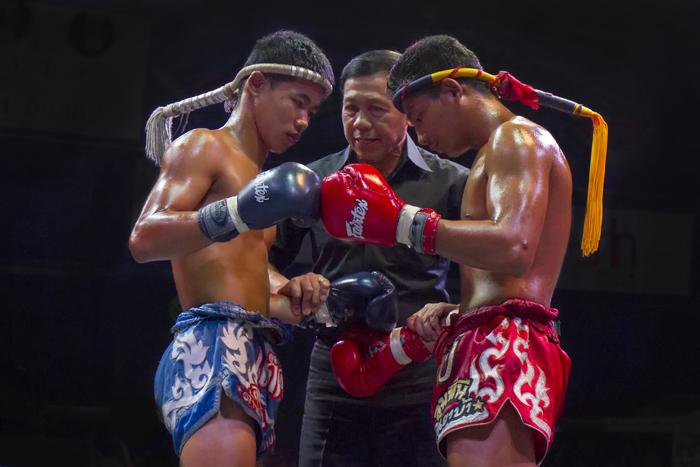
Muay Thai and Muay Boran are both Thai martial arts that share historical roots, yet they have distinct differences in their practice and purpose. Muay Thai is a modern and regulated combat sport that has evolved from Muay Boran, focusing on competitive fights in the ring. It has a set of rules and regulations, including the prohibition of certain techniques. As part of this ruleset, Muay Thai also has weight classes, and Muay Thai fighters wear boxing gloves when fighting.
In contrast, Muay Boran is the ancient martial art of Thailand, originally developed for warfare and self-defense on the battlefield. It encompasses a broader range of techniques, including some of the striking techniques of Muay Thai while also implementing more grappling and even the use of unique techniques like headbutts, which are not permitted in Muay Thai. Muay Boran doesn’t have a specific set of rules as it is not a combat sport, and boxing gloves are not worn in practice.
While both martial arts share fundamental techniques like punches, kicks, knees, and elbows, Muay Boran retains a deeper connection to the historical and cultural roots of Thai martial arts, while Muay Thai has become a more standardized and widely practiced sport.
Regardless of their current status, the core fundamentals of Muay Thai have been heavily influenced by Muay Boran, and modern Muay Thai has proven itself to be one of the most effective fighting styles. I believe the success of Muay Thai is largely owed to its heritage in Muay Boran, where the techniques were first utilized.
Muay Boran Summary

Muay Boran is the ancestral heart of Muay Thai, and from looking at the martial arts that contributed to it, we can understand it even better. The martial art blends ancient techniques that are proven to be effective even today. Muay Boran lives on in a way that many ancient martial arts do not. It lives through the sport of Muay Thai, where we can see traditional Muay Boran techniques commonly used today.
The legacy of Muay Boran is preserved, from the Wai Kru to the kicks, elbows, and punches. The world of martial arts has been completely changed thanks to Muay Boran. With its wide variety of striking techniques and grappling moves, Muay Boran is a living reminder of the cultural identity and martial traditions of the Thai people and their resilience.
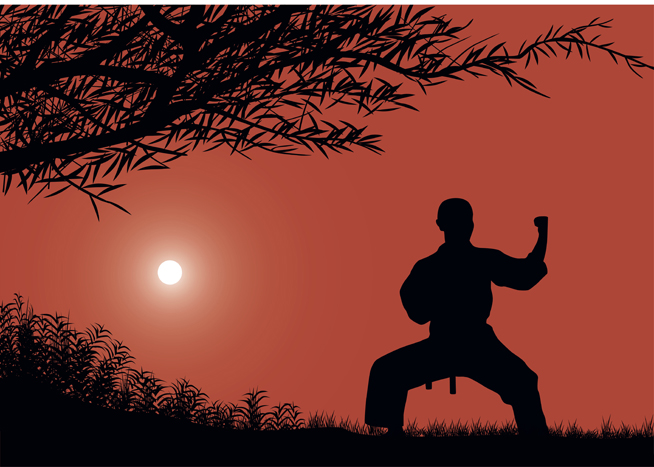
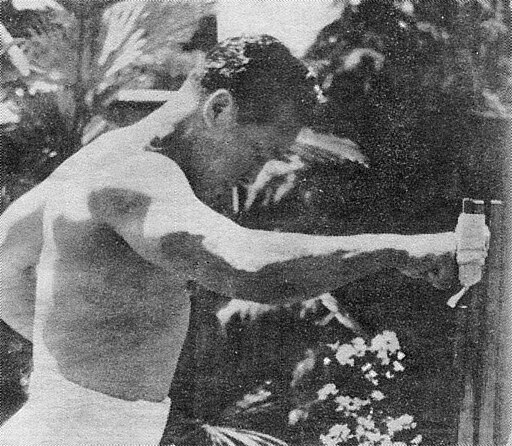
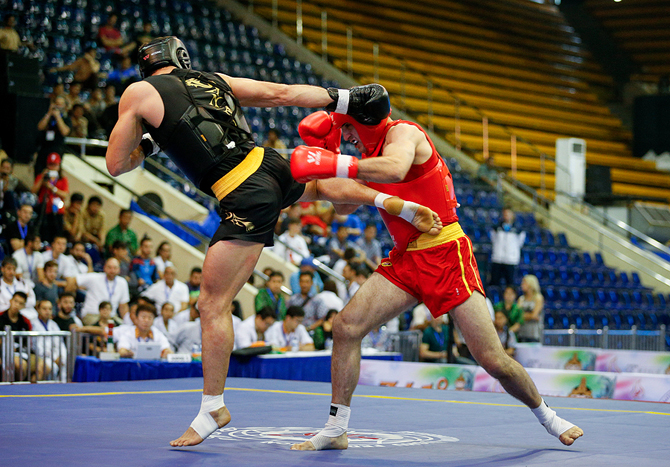
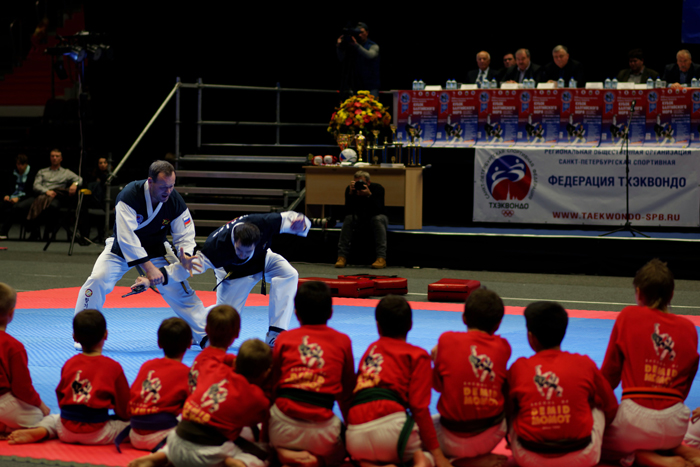
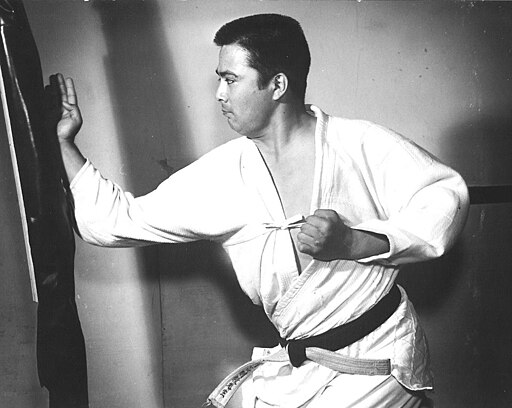

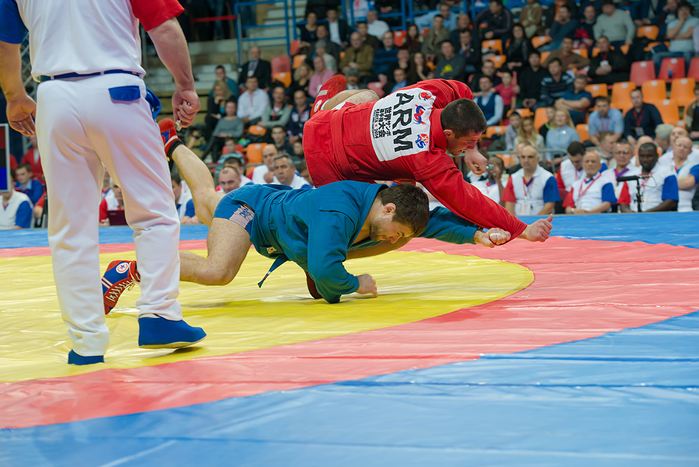
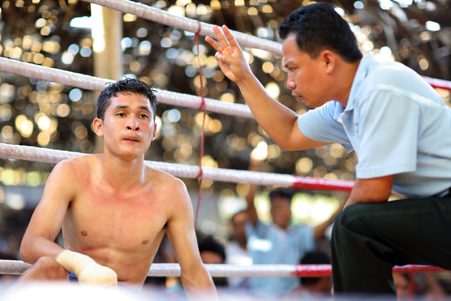
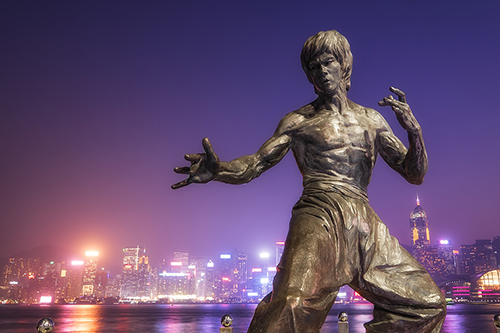
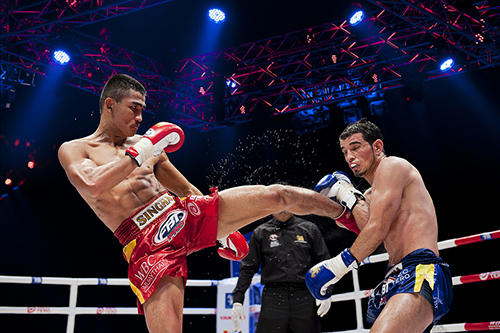
Pingback: Muay Thai – Everything You Need to Know about Thai Boxing
Pingback: Muay Thai vs. Kickboxing: Which Is the Better Fighting Style?